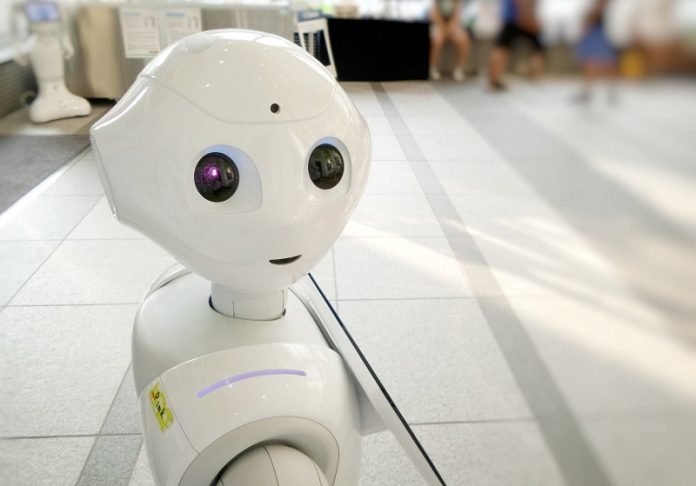
Imagine a world where robots roam our houses, workplaces, and even our streets without bumping into anything or anyone.
Sounds pretty cool, right?
This world might become a reality sooner than you think, thanks to a smart new way that scientists have figured out to help robots avoid crashes.
Jieyun Yu, a researcher at Jinan University in Guangzhou, China, has developed a new method for helping robots find their way around.
Her work was published in the International Journal of Computational Science and Engineering, and it could be a game-changer for all kinds of future robots, from those used in self-driving cars and warehouses to search-and-rescue robots, farm robots, and even robots used in healthcare settings or around the house.
The key to helping robots move around safely without any accidents is to improve two things: how well they control their movement, and how well they plan their paths. Yu focused on these two areas to overcome the current challenges in robot navigation.
For improving control, she used a new control strategy that uses a method called iterative learning control (ILC) and model-free adaptive control (MFAC).
This technique helps the robot move accurately and repeatedly along the same path, while also reducing errors and improving the robot’s ability to reach its target.
For path planning, Yu came up with a smart solution to avoid collisions. She used the artificial potential field (APF) algorithm, which treats any obstacle in the robot’s path as a repulsive force.
This allows the robot to navigate around obstacles as if they’re pushing it away, much like how opposite poles of magnets repel each other.
The results were very promising, showing that this method is more effective than traditional models. What’s really cool is that it can help a robot or self-driving car find a safe route much quicker than other methods, while also avoiding errors. This could open up possibilities for robots to work in complex and changing environments.
So, what does this mean for us? Well, imagine self-driving cars that navigate roads even safer and more accurately. Or think about warehouses where robots move goods without any accidents.
Imagine search-and-rescue robots that can navigate disaster zones more effectively, or farm robots that can more efficiently handle tasks like plowing, planting, and harvesting.
Thanks to this new algorithm, these scenarios could become a reality sooner than we think.
Follow us on Twitter for more articles about this topic.



